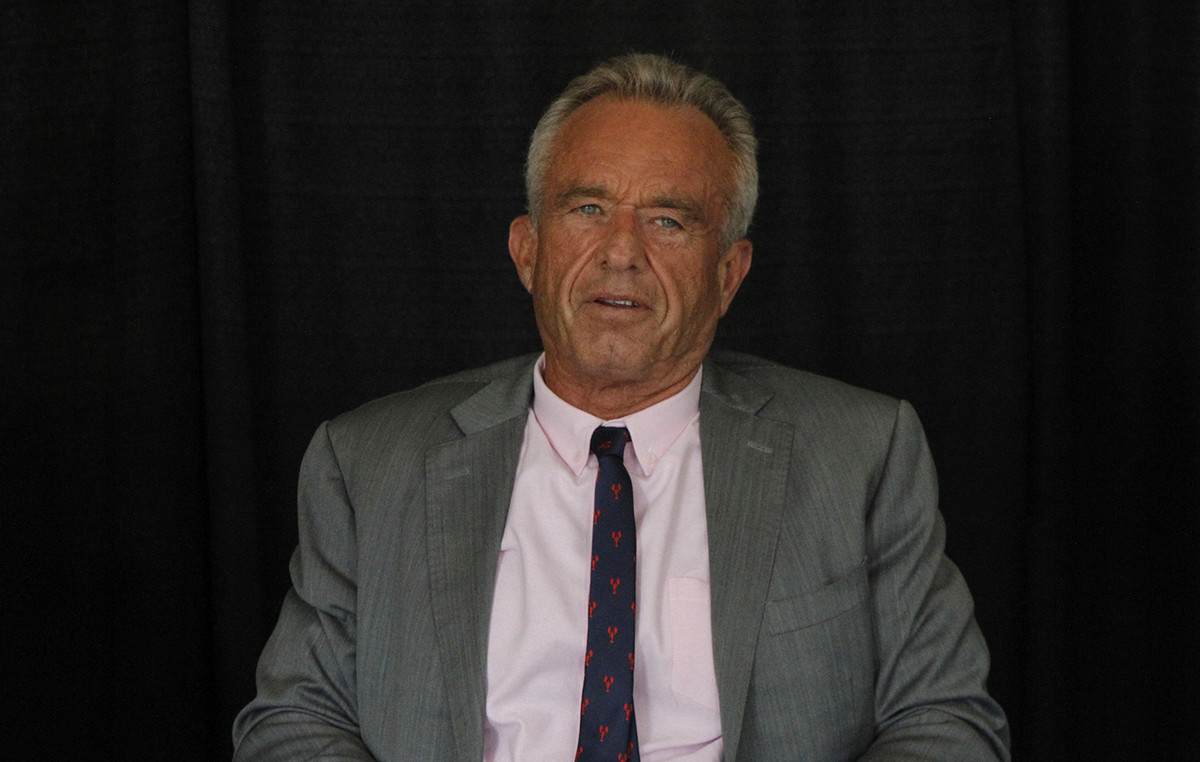The unmanned Orion capsule of NASA’s Artemis I mission sailed 130 kilometers from the lunar surface on Monday, achieving the closest approach to the moon for a spacecraft built to carry humans since Apollo 17 half a century ago.
The capsule’s lunar flyby, on the return leg of its maiden voyage, came a week after Orion reached its furthest point in space, nearly 434,500 kilometers from Earth, in the midst of its 25-day mission, it said. the US space agency on its website.
Orion passed about 127 kilometers above the lunar surface, when the spacecraft fired its thrusters for a “powered flyby burn” designed to change the vehicle’s speed and set it on course for its flight back to Earth.
NASA said the 3-and-a-half-minute burn would mark the last major spaceflight maneuver before parachuting into the sea on Dec.
The last time a spacecraft designed for human travel came as close to the moon as Orion was the final mission of the Apollo program, Apollo 17, which took Gene Cernan and Harrison Schmitt to the lunar surface 50 years ago this month.
They were the last of 12 NASA astronauts to walk on the moon during a total of six Apollo missions from 1969 to 1972.
Although Orion has no astronauts on board – just a simulated crew of three dummies – it flew farther than any previous “manned class” spacecraft on the 13th day of its mission.
It reached a point nearly 20,000 miles past the record distance set by the Apollo 13 crew, who aborted their lunar landing and returned to Earth after near-catastrophic mechanical failure.
Last month’s launch of Orion kicked off Apollo’s successor program, Artemis, with the aim of returning astronauts to the lunar surface this decade and establishing a sustainable base there as a springboard for future human exploration of Mars.
Orion was lifted into space atop NASA’s state-of-the-art Space Launch System (SLS) rocket, which lifted off Nov. 16 from Kennedy Space Center in Cape Canaveral, Florida.
The mission marked the first flight of the combined SLS rocket and Orion capsule, built by Boeing Co BA.N and Lockheed Martin Corp LMT.N, respectively, under contract with NASA.
The main objective of Orion’s maiden flight is to test the durability of its heat shield as it re-enters Earth’s atmosphere at 38,000 kilometers per hour, much faster than a spacecraft returning from the International Space Station.
Source: CNN Brasil
Bruce Belcher is a seasoned author with over 5 years of experience in world news. He writes for online news websites and provides in-depth analysis on the world stock market. Bruce is known for his insightful perspectives and commitment to keeping the public informed.







